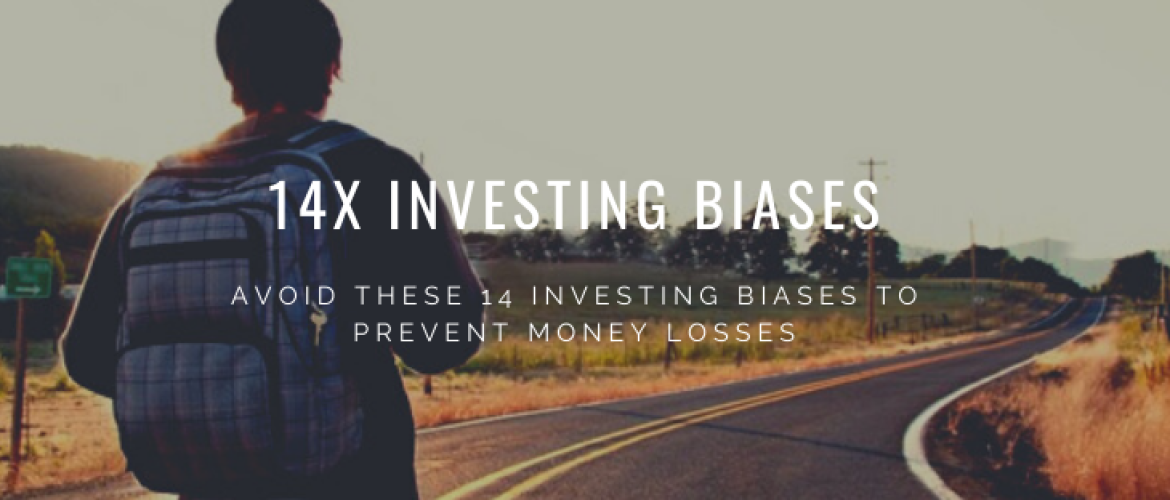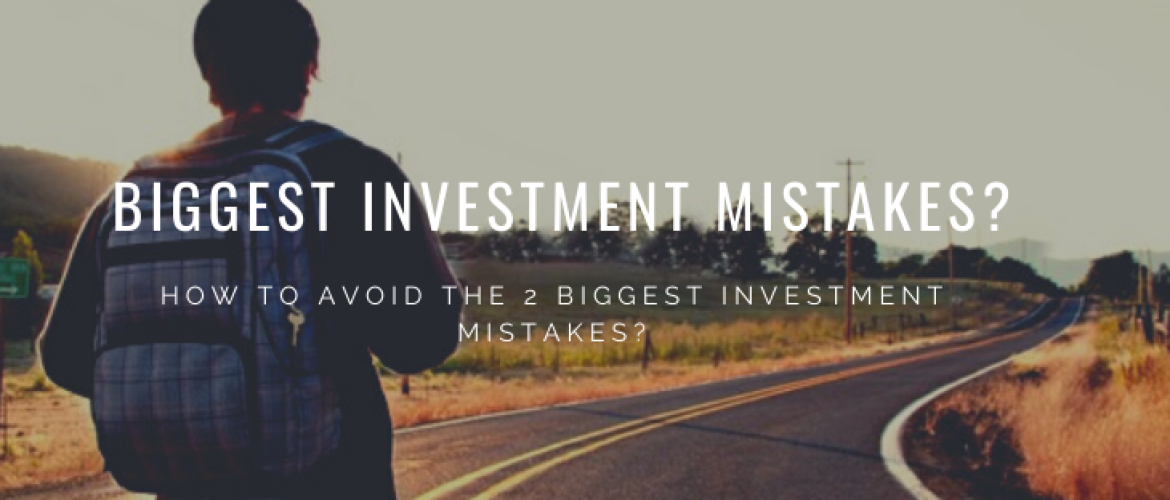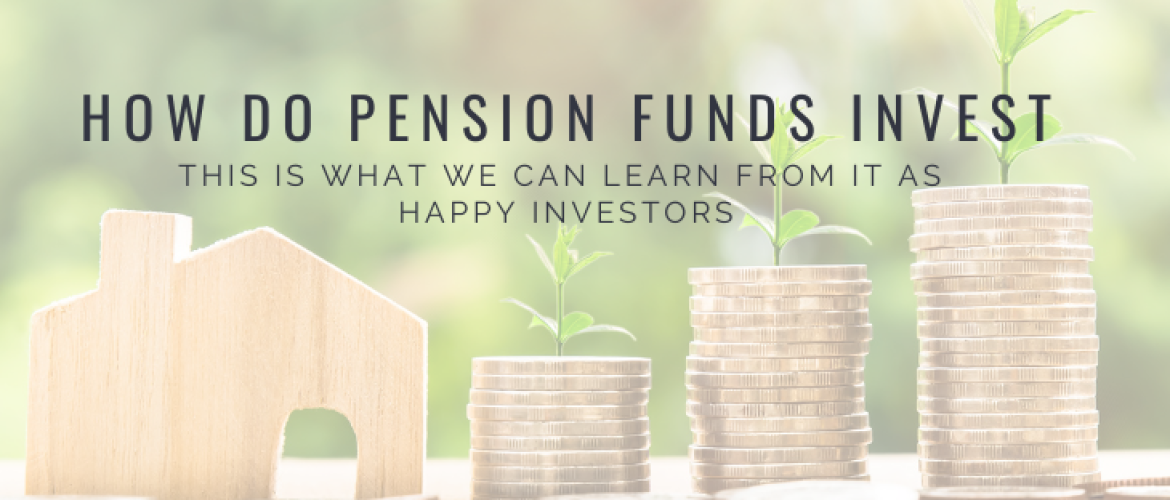This article lists and shortly explains 14 investing biases that you should be aware of when you are investing. It is important to be aware of your biases to improve your investment decisions. A bias is a systematic tendency to deviate from rational decision-making. Humans and, in turn, investors are typically found to be subject to several biases that affect our investment decisions (Barberis, 2020). Biases are mainly studied in psychology, behavioral economics, and behavioral finance.
With the help of a brief explanation and practical tips, this article will help you make better choices for possibly higher returns.
Let us begin!
Contents:
Part 1 Investing Bias: Aversions (4)
Part Investing Bias 2: Biases (6)
Part 3 Investing Bias: Effect (4)
Part 1 Investing Bias: Aversions (4)

Aversion is an intense feeling of repugnance toward something with a desire to avoid or turn from it. Investors have the tendency to be averse to risks, losses, regret, and disappointment.
Investing Bias 1. Risk aversion
Risk aversion is the preference of investors for a sure outcome over an uncertain outcome with equal or higher expected value. We have the tendency to turn away from risks when possible. For example, a risk-averse investor prefers to put her money in a safe bank account or diversified asset such as an ETF, rather than into one stock that might have high expected returns but also might involve substantial losses (e.g., cryptocurrency).
Risk-averse investors are therefore more likely to prefer low volatility investments. A good example is REITs vs. unlisted real estate funds. In terms of activity, both funds invest in real estate. But a REITs has price volatility, something you don’t have to deal with with unlisted real estate funds.
Investing Bias 2. Loss aversion
Researchers found that the pain of losing money is psychologically about twice as powerful as the pleasure of gaining money. Hence, loss aversion is the tendency of investors to prefer avoiding losses to acquiring equivalent gains. Stated differently, investors are more willing to take risks to avoid a loss than to make a gain.
An example of how this can go wrong is by selling your best stocks too early. Those who sell too early may well miss out on decent returns because of momentum.
Investing Bias 3. Regret aversion
Regret is a basic emotion. If you fear or anticipate that your investment decision might turn out to be wrong in hindsight in the future, you exhibit regret aversion. For example, you might not buy an asset because you fear that your decision might turn out to be wrong. Regret aversion can lead to more risk-averse behavior (safer investments) or more risk-seeking behavior (risky investments).
Investing Bias 4. Disappointment aversion
Disappointment is the feeling of dissatisfaction that you experience when you fail to meet your expectations or hopes. Disappointment aversion is a source of psychological distress and closely related to regret aversion, but distinct. Disappointment is a psychological reaction to an investment that fails to satisfy your expectations (e.g., I expected to make a 10% return on my investment but only made 4%), while regret aversion might even defer you from buying the asset in the first place.
A dangerous combination here is that you have decided not to buy a particular stock or ETF, and then it goes up really fast. Your regret can lead to Fear-of-Missing-Out (FOMO). Then you still buy this stock/ETF, but this time at a higher price. This not only increases your risk, but also reduces your potential profit.
Happy Investors Recommendation: Higher Return and Lower Risk? Tip: Asymmetrical Investing!
What if you could get higher stock returns while having less risk. Sounds too good to be true? It’s not if you know how to start with asymmetric investing. These are investments where the potential gain is greater than the potential loss. The only way for asymmetric investing is if you have a lot of knowledge and experience. This is for advanced professionals and is also used in the largest mutual funds with a minimum deposit of millions.
I’m not an expert in asymmetric investing, but I do know a very good party named Capitalist Exploits which I highly recommend. I’ve joined their Membership one year ago and it brings a lot of value for unique investment opportunities with commodities. I’m talking about +300% gains on Uranium, Copper, Agriculture, and 60+ buying opportunities. The Membership brought me a significant return on investment! These are true professionals. In addition, they also have a free newsletter where they share masterful tips and research on asymmetric investing with us once a week.
Want more information? read my full Capitalist Exploits Review and Experiences
Part Investing Bias 2: Biases (6)

A bias is a tendency to evaluate situations or outcomes in a specific direction.
Investing Bias 5. Present bias
A present-biased investor tends to overvalue short-term performance over long-term performance. Many research shows that humans, investors and financial institutions are subject to present bias (e.g., Cohen et al., 2020). Consequently, we have the tendency to undervalue our future. Especially due to this bias, it is highly important to consider investing for the long term by means of ETFs for example. Do not fall for short-term temptations.
This is where day traders fall into the trap. This bias in investing drives greed to make money quickly. As a result, a day trader will take more risk. While a long-term investor reduces risk by using time to her advantage.
Investing Bias 6. Home bias
The home bias is the tendency of investors and, to a lesser extent, financial institutions in most countries to hold only modest amounts of foreign assets. In other words, investors tend to invest in companies in their own country, in many cases because they are familiar with such companies. This is puzzling because we all know from basic theory that diversification leads to higher expected returns and, especially, lower risks.
Let Money Work for You! Starting on the best investment platforms is half the battle
Are you still working hard for your money? Why don’t you consider letting the money work for you! Create passive income and attain financial freedom. Starting on the best investment platforms is half the battle. Do you want to know what the very best investment platforms are? Then click on the blue link to compare the best investment platforms now. Here you can read my independent comparison of the best online brokers for stocks, crypto, and P2P. Save money and choose the best investment platform!
Investing Bias 7. Herding bias
Herding is the behavior of investors that act collectively as a group without any centralized direction. Large stock market events often begin with herding: investors start to buy collectively (bubbles) or start to sell collectively (crashes). Many of such situations are irrational and driven by emotion, such as the fear of missing out driven by regret aversion. Remember the Bitcoin bubble?
It is also possible to take advantage of this situation. This is what they call “buy the dip.” Or as Warren Buffet points out, we should be fearful when everyone is greedy, and greedy when everyone is fearful.
Investing Bias 8. Framing bias
The framing effect occurs when investors make decisions based on the way information is presented, rather than on the facts themselves. Brokers exploit such framing effects when they want to sell something to you. It obviously sells better if the broker tells you that returns last month were 15%, rather than telling you that past year returns were minus -5%. Be aware and check the numbers, and dates, and facts yourself.
Investing Bias 9. Probability weighting
Many individuals cannot assess objective probabilities correctly, because we have the tendency to distort probabilities subjectively. The Nobel prize winning research of Kahneman found that people overestimate small probabilities: an objective probability of 5% is interpreted much larger subjectively. This is one of the reasons why we collectively still buy lottery tickets and hold on to losing investments, although chances of winning and mean reversion are typically small.
This bias in investing can cause you to hold on to losing stocks for too long, hoping (or expecting) that they will rise again in the long run. Now this can be true in some cases, if the company has a sustainable competitive advantage and is achieving annual sales and earnings growth. If not, sometimes it may be better to take your loss.
Investing Bias 10. Overconfidence
In short, investors have an egoistic belief that we are better than we actually are. Essentially, you have the tendency to hold a false and misleading assessment of your skills and intellect. For example, each investor thinks that she is above average in their forecasting skills, but it is obviously (statistically) impossible for every investor to be above the average investor. The danger of this bias is that it makes you prone to investment mistakes, since you act less cautiously due to the illusion of knowledge.
Commission-free Crypto and FOREX Trading with NAGA
Do you want to trade Bitcoin and crypto? NAGA is one of the biggest all-in-one crypto brokers where you can buy crypto 100% commission-free. You can also use the AutoCopy to copy the Top Traders of NAGA. In fact, you can even become a Top Trader yourself and earn up to 10.000 dollars a month if you are really good at it. Anyway, this broker is perfect for anyone who wants to trade crypto 100% commission-free. You can set up an account for free and try it out.
Want to know more? Click for more information
Part 3 Investing Bias: Effect (4)
Besides aversions and biases, there are four strong investor effects observed in financial markets.
Investing Bias 11. Disposition effect
Investors typically hold on too long to losing investments but sell winning investments too quickly. This is the disposition effect. Due to loss aversion, investors hold on to losing investments in the hope of mean reversion (be aware of overconfidence 😉 ). Due to risk aversion, investors sell winning investments quickly to lock in gains for sure (be aware of disappointment in the future). But remember that is remains extremely hard to optimally time the market to buy or sell.
Investing Bias 12. Anchoring effect
You use a goal, such as a target number or return value, on which you fixate when you invest. This goal works as an anchor. Frequently, investors stick too much to such an anchor, leading to irrational investment behavior. As a result, you make bad buying and selling decisions. For example, the buying price is unconsciously a much-used anchor: “I will not sell my investment lower than the buying price, let’s hold on.” While it may be worthwhile to just sell your asset.
Investing Bias 13. Calendar effect
Due to behavioral biases, demand-and-supply effects, and institutional settings, the stock markets’ behavior is related to the calendar such as day of the week, time of the month or time of the year. As an investor, you might possibly want to exploit these effects for market timing.
Investing Bias 14. Habit formation
Habit formation is the process by which behaviors become automatic. Our brains like it, because we have to think less, however habits can also lead to irrational or suboptimal investment decisions. There are two types: (i) internal habits and (ii) external habits. Firstly, we tend to evaluate our current performance with past performance (an anchor), since we like to be better off today than yesterday. Secondly, we tend to evaluate our investment performance with others (friends, neighbors, colleagues), since we like to be better off than them.
References
Nicholas Barberis, Chapter 2 – Psychology-Based Models of Asset Prices and Trading Volume. Editor(s): B. Douglas Bernheim, Stefano DellaVigna, David Laibson, Handbook of Behavioral Economics: Applications and Foundations 1, North-Holland, Volume 1, 2018, Pages 79-175.
Cohen, Jonathan, Keith Marzilli Ericson, David Laibson, and John Myles White. 2020. “Measuring Time Preferences.” Journal of Economic Literature, 58 (2): 299-347.







